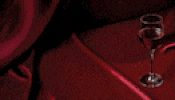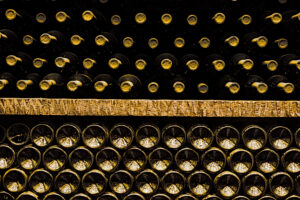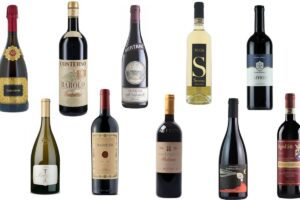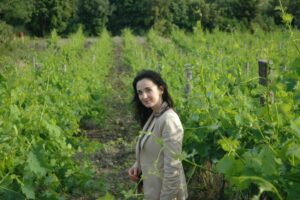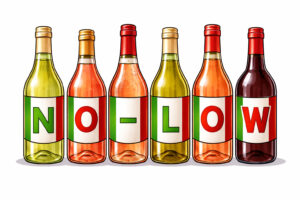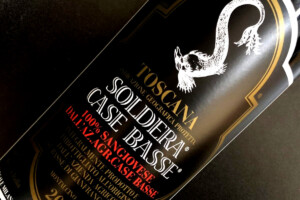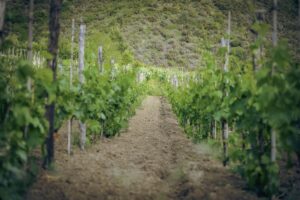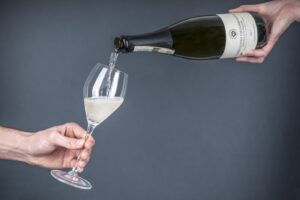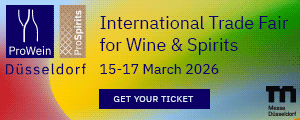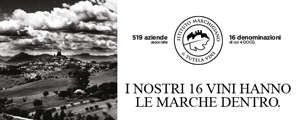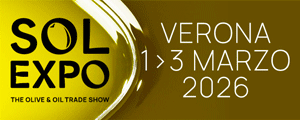Italian beekeepers have launched an alarm: Italy has the highest number of honey varieties but 68% of consumers usually buy the first jar at hand without even reading the label to verify its country of origin. This was the result of a study by Unaapi, The National Italian Apiarist Association, which tracked a profile of honey consumers in Italy and then presented the results at “Honey Week”, one of the most important events of the sector, held recently in Montalcino.
The survey demonstrated that, in regards to awareness about honey, one of the most precious treasures of Italy’s food and agriculture industry, Italians still have a long way to go, and still need to learn how to shop.
And honey, unfortunately is not alone. Apart from wine (whose culture is already slowly taking root thanks to a boom in television transmissions, wine tasting courses, and specialized publications), the immense wealth that Italy has to offer, with its great biodiversity, is still almost completely unknown.
“A very worrisome point” – affirmed Francesco Panella, president of Unaapi – “is that, in recent years, honey has become one of the 5 most sold products (in terms of quantity) in discount stores, shops where consumers essentially put a privilege on the saving factor rather than the quality factor”. High quality honey is still not considered a product worth investing in.
“The promotion of high quality honey is a difficult operation” – continued Panella – “even though labels were not very clear for a long time, and it is now mandatory to specify the country of origin in which the honey was produced, this only applies to non industrial types of production, who instead can use the ambiguous definition “mix of honey’s”… The economic margins with more communications could be launched, is minimal if not null”.
According to the Unaapi study, among Italian honey consumers, occasional users (57%) are notably higher than regular users (43%). The survey did not consider non users. Among those who use honey, 41% buy primarily at supermarkets, compared to 29% who buy directly from producers, and 11% who buy from neighborhood shops, 7% from market fairs or traveling salesmen, 6% who buy at discount shops, and 4% who buy honey at herbalist’s shops. The majority of the survey sample (61%) believes that the honey on the market is not always natural and that sometimes it undergoes industrial processes, but ignores the fact that Italy imports over 50% of total sold. When more in-depth questions were asked to those consumers who are convinced that industrial processes do occur, only 20% knew about the heating process of up to 80°, the main industrial process which honey undergoes (and which causes an impoverishment in terms of organoleptic and nutritional qualities). Only very efficient communications would instigate interest in this topic thus bringing further clarification.
A painful fact, this lack of label awareness: only 32% of those interviewed knew the country of origin of the honey that was just acquired. Of those who did know the place of origin, about 60% had found out from the label, 32% by asking the seller, and 8% just assumed it was of Italian origin. Men seem decidedly more likely to check the label (73%), while women prefer asking the retailer (38%). The older the person is the easier it is that they have assumed that the honey just acquired is of Italian origin.
A good 43% of the entire survey sample could not say whether they preferred Italian or foreign honey. In fact, the top deciding factor was the plant/flower varieties used by bees to make the honey (38%), followed by the actual aspect of the honey (17%), most precisely its color. This was followed by the product package (11%), and the expiration date (10%). Meanwhile, other factors like country of origin, price and organic certification hovered around 5%. It must be noted, however, that 25% of those asked could not actually say what the deciding factor was in choosing a specific type of honey, thus revealing that it appears to be a superficial or habitudinal acquisition.
The positive side of this is that, regardless of the fact that the situation hasn’t changed over the past 30 years in regards to honey awareness, Italian apiarists are now involved in numerous initiatives to help promote their product and its potential gastronomic uses.
Copyright © 2000/2026
Contatti: info@winenews.it
Seguici anche su Twitter: @WineNewsIt
Seguici anche su Facebook: @winenewsit
Questo articolo è tratto dall'archivio di WineNews - Tutti i diritti riservati - Copyright © 2000/2026

